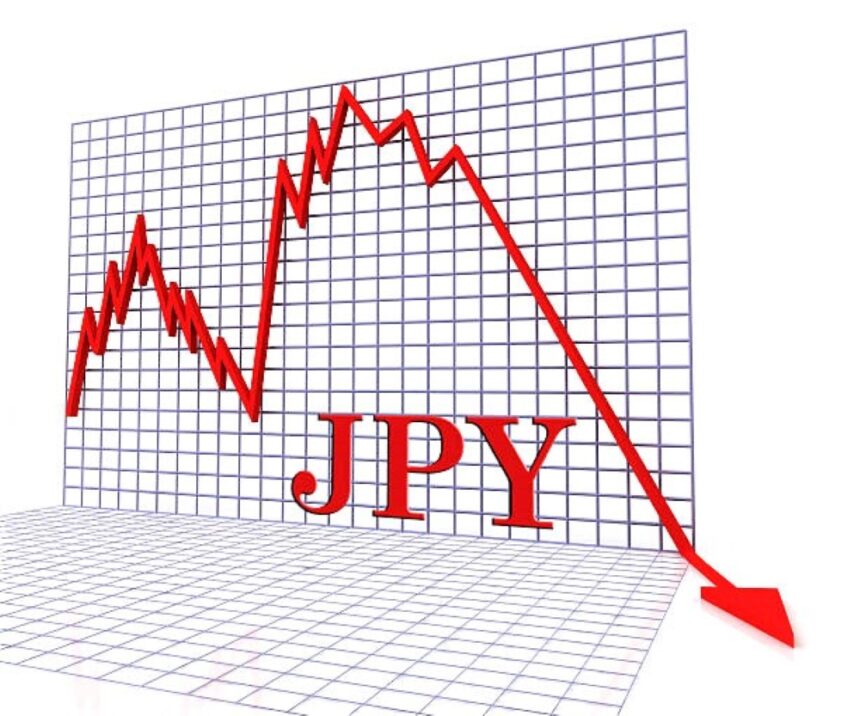Japanese yen reached a new year to date low versus the US dollar.
The Japanese yen (JPY) remained under selling pressure for the second day in a row on Monday. Falling to a new YTD low against the US dollar during the Asian session.
The risk-on mood weighs on the Japanese yen, but the Bank of Japan’s hawkish stance restricts losses.
Despite the Bank of Japan’s (BoJ) hawkish tilt earlier this month. An extension of the recent bullish run in global equities markets is considered as a significant element eroding the JPY’s favorable Safe haven status. Furthermore, the massive US jobs report announced on Friday demonstrated. That the economy is still in good form, allowing the Federal Reserve (Fed) to maintain interest rates higher for longer. This pushes the US Dollar (USD) to its highest level since December 11, providing additional support for the USDJPY pair.
Geopolitical tensions and China’s economic troubles may also provide a boost to the safe-haven JPY.
The JPY bulls, however, were underwhelmed by an upward revision to the Japan Services PMI for January. While predictions on an impending shift in the BoJ’s policy stance could help limit further losses. Aside from that, continued concerns over the increase of geopolitical tensions in the Middle East. As well as China’s economic troubles, could provide a tailwind for the JPY. Traders are now looking to the release. The US ISM Services PMI will provide some momentum later in the early North American session. Along with US bond yields, driving USD demand. Furthermore, the broader risk attitude should help to generate short term trading opportunities around the USDJPY pair on the opening day of a new week.
Daily Market Movers: Japanese Yen is weakened by a number of causes, but it lacks follow-through selling.
China’s commitment to stabilize markets follows Friday’s strong US employment data, which pointed to a healthy economy and boosted investor confidence, hurting the safe-haven Japanese yen.
On Sunday, the China Securities Regulatory Commission said it would direct more medium- and long-term funds into the market and crack down on illicit. Longer continues to push US Treasury bond rates higher, boosting the US Dollar to a near two-month high and providing support for the USDJPY pair.
According to a survey released on Monday, business activity in Japan’s services sector, which represents for over 70% of the country’s GDP, increased at its fastest pace since September.
In fact, the au Jibun Bank Service PMI was revised up and finished at 53.1 for January. The 17th straight month of increase, compared to the previous month’s flash readings of 52.7 and 51.5.
The Bank of Japan has become more optimistic about its inflation forecast due to rising momentum for pay rises. And growth in service sector pricing. Bolstering the case for an imminent Exit from negative interest rates.
According to media sources, Hamas is expected to reject the Paris ceasefire plan. And Israel’s Prime Minister Benjamin Netanyahu has stated. That the government will not end the war until all of its aims have been met.
The US ISM Services PMI is set for release later today and is predicted to climb from 50.6 to 52.0 in January. Which, coupled with the US bond yields and the broader risk mood, should give some momentum.









